Introduction
In the ever-evolving landscape of digital information, data privacy has become a paramount concern for individuals and organizations alike. In this article, we delve into the intricate realm of data anonymization, exploring its nuances, benefits, and the crucial role it plays in safeguarding sensitive information.
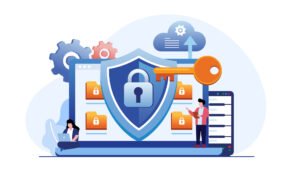
Understanding Data Anonymization
What is Data Anonymization?
Data anonymization is a sophisticated process designed to transform and manipulate data in such a way that it becomes nearly impossible to trace back to its original source. This technique ensures the protection of individual privacy while retaining the utility of the data for analytical purposes.
The Importance of Anonymizing Data
In an era where data breaches and privacy violations are on the rise, anonymizing data emerges as a powerful tool for safeguarding personal and sensitive information. Whether it’s customer details, financial records, or medical histories, the need to protect data integrity is more crucial than ever.
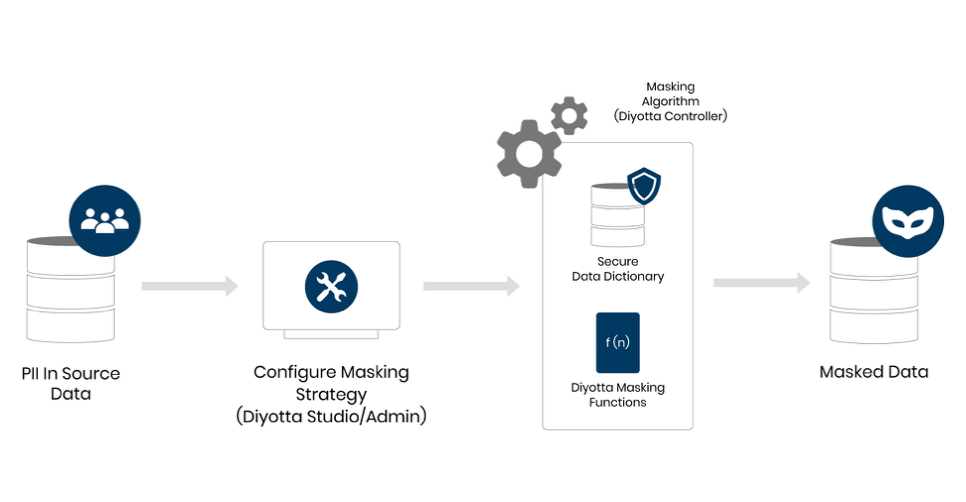
Techniques in Data Anonymization
1. Tokenization
Tokenization involves replacing sensitive data with unique identifiers, or tokens, while maintaining referential integrity. This technique proves effective in scenarios where preserving relationships within the data is essential.
2. Pseudonymization
Pseudonymization entails replacing identifiable information with pseudonyms or aliases. This method protects the data subject’s identity while allowing for meaningful analysis and processing.
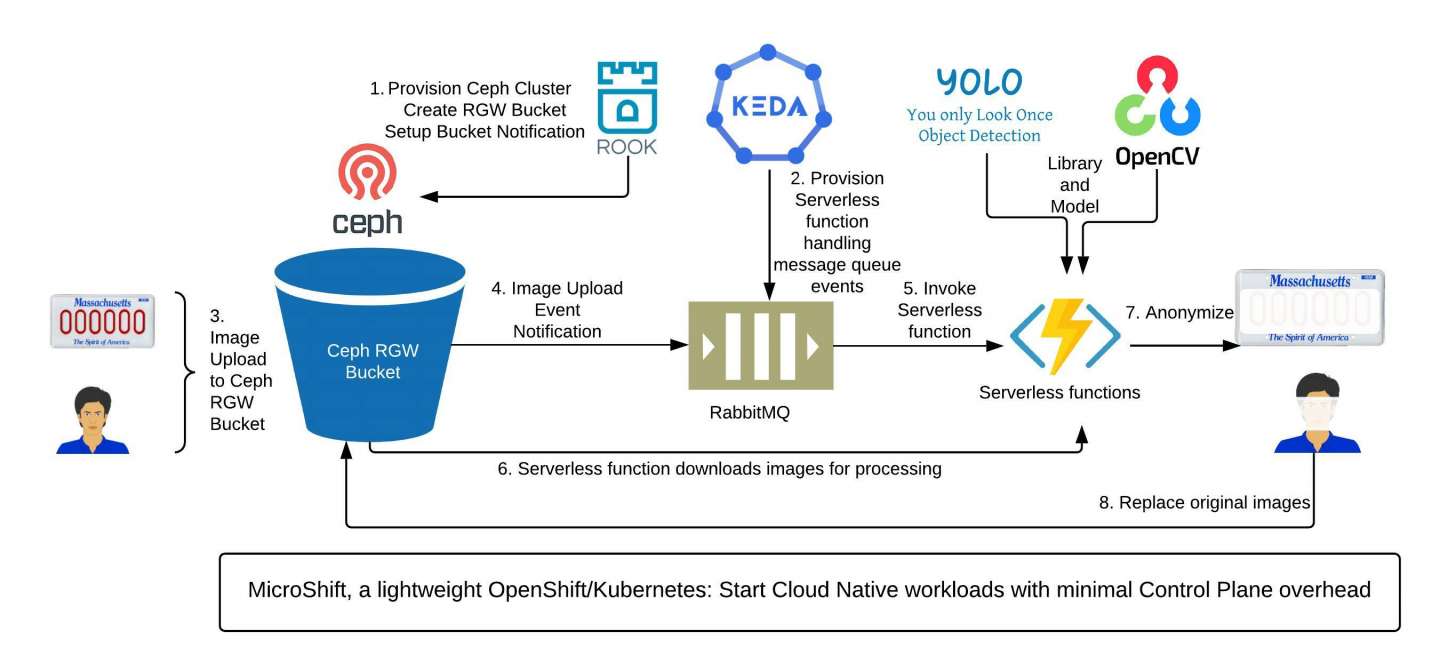
Image Source: Red Hat Developer
3. Generalization
Generalization involves broadening the scope of data attributes to a more general or less specific level. This technique balances the need for data privacy with the preservation of overall data utility.
Advantages of Data Anonymization
1. Legal Compliance
Data anonymization aids organizations in complying with stringent data protection regulations, such as the GDPR. By anonymizing personal data, businesses can mitigate the risk of hefty fines and legal repercussions.
2. Enhanced Security
Anonymized data acts as a robust defense against unauthorized access and cyber threats. By obscuring sensitive information, organizations can fortify their cybersecurity measures, fostering a safer digital environment.
3. Facilitates Research and Analytics
Anonymized data empowers researchers and analysts to extract valuable insights without compromising individual privacy. This balance between privacy and analytical depth is pivotal for advancements in fields such as healthcare, finance, and marketing.
Challenges in Implementing Data Anonymization
1. Loss of Granularity
One of the primary challenges of data anonymization is the potential loss of granularity. Striking a balance between privacy and maintaining the granularity required for certain analyses requires careful consideration.
2. De-identification Risks
While anonymization is effective, there is always a risk of re-identification, albeit minimal. As technology advances, so must the techniques employed to ensure robust data protection.
Best Practices for Effective Data Anonymization
1. Define Clear Anonymization Policies
Organizations should establish clear policies outlining the types of data to be anonymized and the methods to be employed. This ensures consistency and compliance across all data processing activities.
2. Regular Audits and Updates
Frequent audits and updates to anonymization processes are essential to adapt to evolving threats and technological advancements. Staying proactive in addressing vulnerabilities is key to maintaining a robust data privacy framework.
Leveraging Advanced Technologies for Data Anonymization
In our fast-paced digital age, where data is both a valuable asset and a potential liability, leveraging advanced technologies becomes paramount in the realm of data anonymization.
The Role of Artificial Intelligence in Data Anonymization
1. Machine Learning Algorithms
Artificial Intelligence (AI) and machine learning algorithms have revolutionized the data anonymization landscape. These advanced algorithms can analyze patterns, learn from them, and autonomously apply anonymization techniques. This not only enhances efficiency but also ensures a more adaptive and dynamic approach to data privacy.
2. Natural Language Processing (NLP)
NLP plays a crucial role in anonymizing unstructured data, such as text and speech. By understanding the context and semantics of language, NLP algorithms can effectively replace sensitive information with contextually appropriate substitutes, contributing to a higher level of anonymization.
Future Trends in Data Anonymization
1. Homomorphic Encryption
As data privacy concerns escalate, homomorphic encryption is gaining traction. This revolutionary technique allows computation on encrypted data without the need for decryption. Implementing homomorphic encryption ensures that sensitive information remains secure even during data processing, opening new avenues for privacy-preserving analytics.
2. Blockchain Technology
Blockchain, renowned for its decentralized and tamper-resistant nature, is emerging as a powerful tool in data anonymization. By distributing data across a network of nodes, blockchain ensures transparency and security, making it significantly challenging for malicious actors to compromise the integrity of anonymized data.
Overcoming Common Misconceptions
1. Anonymization Equals De-Identification
Contrary to common belief, data anonymization goes beyond mere de-identification. While de-identification removes identifiable information, anonymization involves a more intricate process of transforming data to ensure anonymity while preserving its utility.
2. One-Size-Fits-All Approach
Implementing effective data anonymization requires a nuanced understanding of the specific context and data types involved. There is no universal solution, and tailoring anonymization techniques to the unique characteristics of each dataset is crucial for success.
Collaborative Approaches to Data Privacy
1. Industry Standards and Collaborations
In the ever-evolving landscape of data privacy, collaboration is key. Industry standards and collaborative initiatives help establish best practices and ensure a unified approach to data anonymization. Adhering to these standards fosters a culture of accountability and responsibility across sectors.
2. Cross-Sector Knowledge Sharing
Knowledge sharing among diverse sectors, including healthcare, finance, and technology, is essential in developing comprehensive strategies for data anonymization. Cross-sector collaboration enhances the collective understanding of challenges and solutions, fostering a more robust approach to data privacy.
The Road Ahead: Continuous Innovation and Adaptation
As we unlock the secrets of data privacy through effective anonymization, the journey doesn’t end. Continuous innovation and adaptation are essential to stay ahead of emerging threats and technological advancements. Organizations must remain vigilant, embracing the latest technologies and collaborative efforts to ensure the highest standards of data privacy.
Conclusion
In the intricate dance between preserving data utility and safeguarding individual privacy, data anonymization emerges as a crucial ally. By understanding its techniques, advantages, and challenges, organizations can navigate the complex landscape of data privacy with confidence.


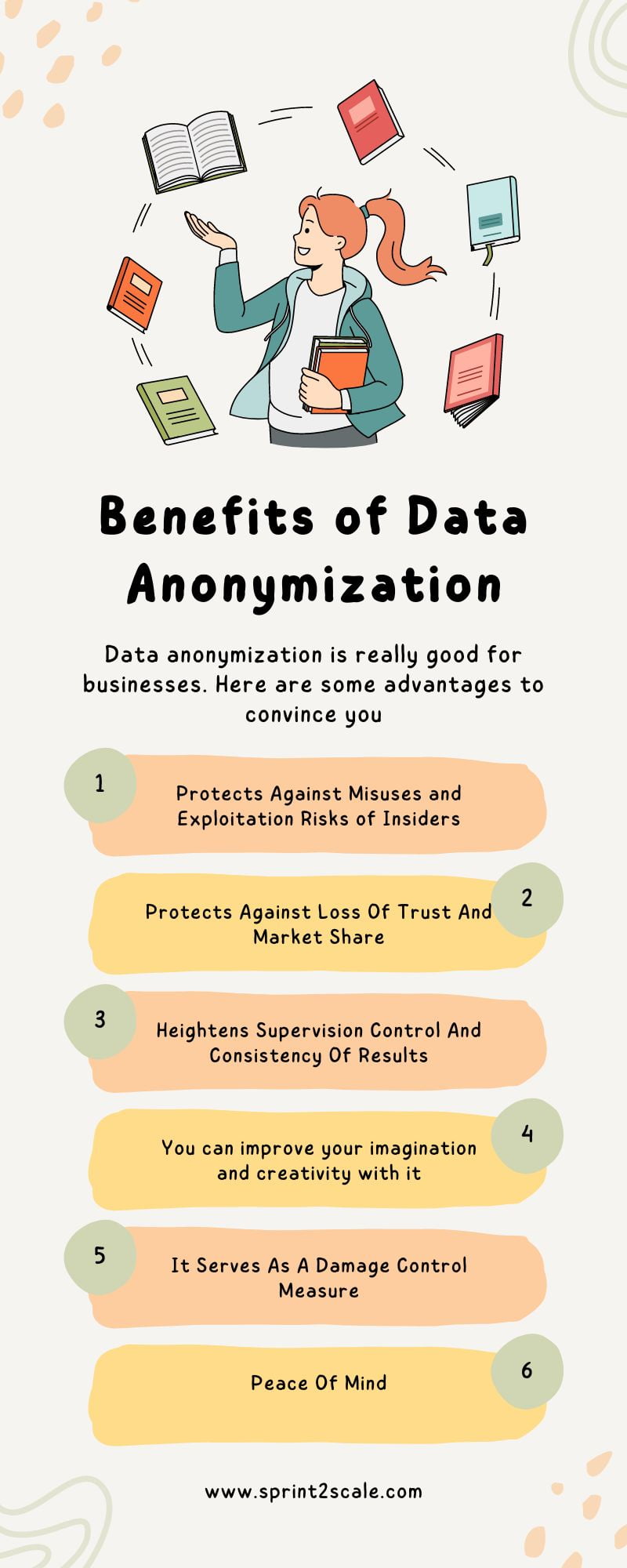
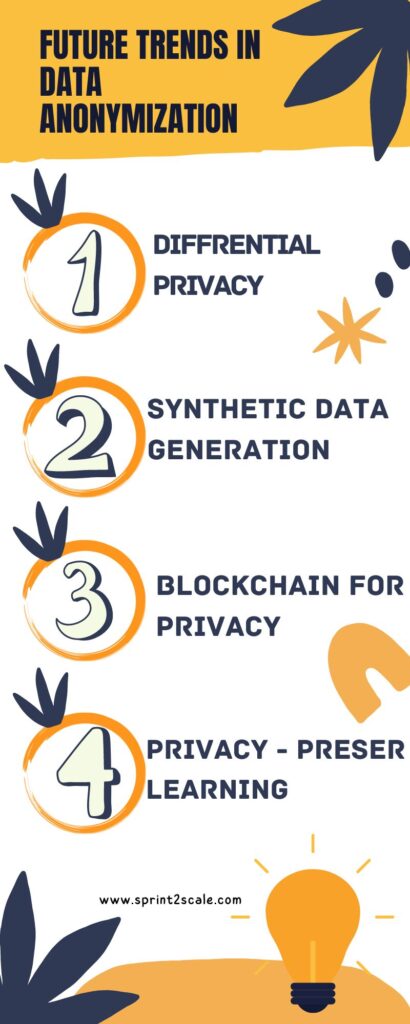


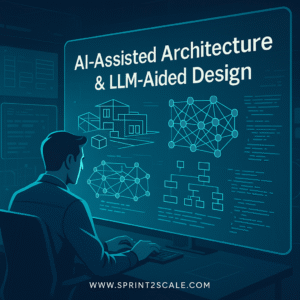
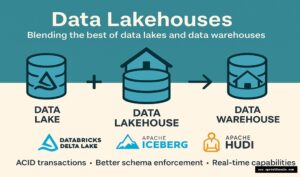
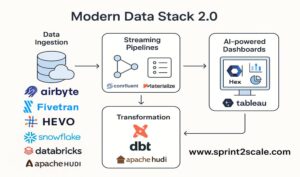
No Comment! Be the first one.